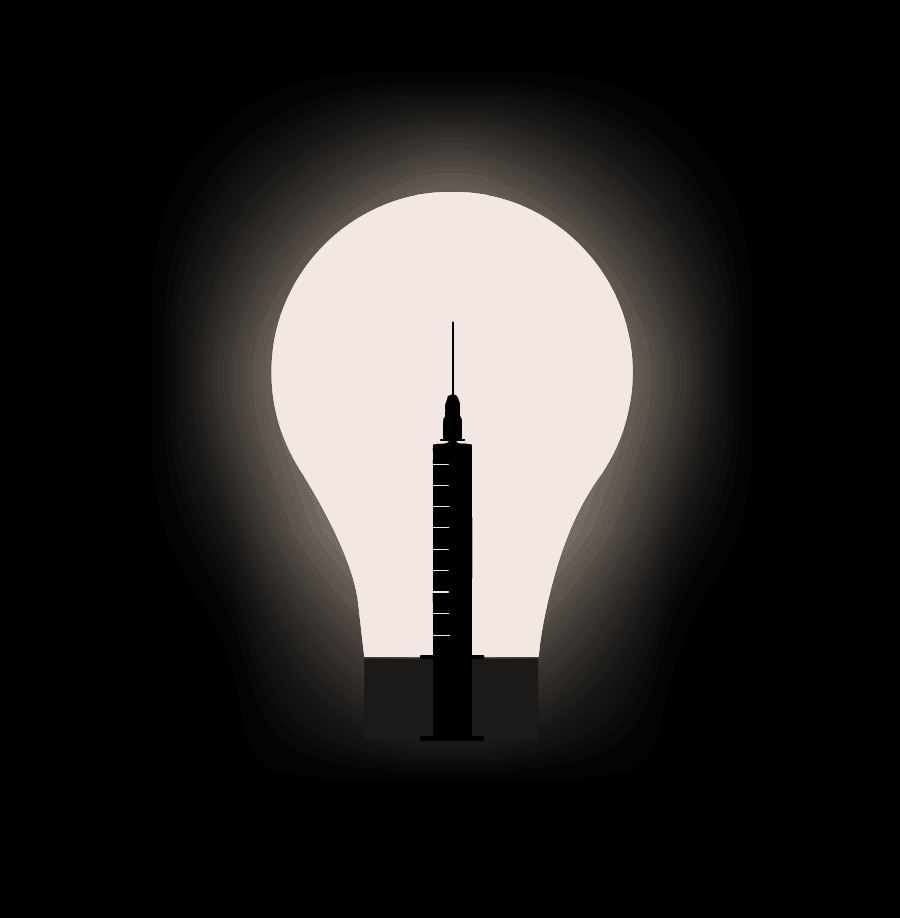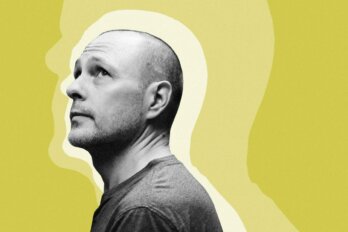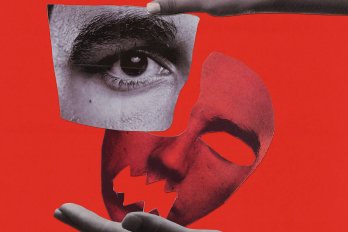In November 2017, The Walrus started working with Chris Willie, a thirty-two-year-old environmental and exercise physiology researcher, a university lecturer in British Columbia, and an experienced mountain climber. Willie had recently completed a memoir about his experience with and recovery from fentanyl addiction. He was eight months out of rehab when he finished his draft at the mountain and wilderness writing residency at the Banff Centre. But, on December 21, after returning from a climbing expedition in South America, Willie relapsed and died due to a fentanyl overdose. This version of his story is based on editing conversations with The Walrus before his death and is published with the approval of his family.
❖ ❖ ❖
Coming to is like waking up in an underwater car crash— a lightning moment in the crack of a missed heartbeat, breath erupting in an agony of terror. Sobbing, gasping for air, I’m bewildered at the sight of waxy fingers clawing at the bathroom floor, fingernails chewed past the quick. My arm leaves a thin red smear along the toilet’s edge as I prop myself up: just a few more bits of me left behind. Alone. Beyond the locked door of my staff bathroom, the happy chatter of students begins to regain form, and a spot of sanity returns. I crawl up the sink to my feet and look to the face in the mirror, all reds and grays and blues of a landfill fire. Abandoned eyes. You fucking moron. This is such idiocy. You obviously need to dilute the fentanyl so you stop overdosing.
August 2017
The bugaboos are a cluster of spires in the Purcell Mountains of British Columbia. Every season for a decade, I have come here. The quality and accessibility of the climbing on the coarse granite of the “Bugs” is world class, but it’s more than that which draws me. There is a peace here if you’re open to it— a place where I would sit in my tent and watch the sun pass behind Bugaboo and Snowpatch Spires, casting shadows on crenulated glaciers striated crimson by algae blooming on their surfaces. Opalescent tarns turn down their blue for the night as shadows creep across pastel moraines. But if you stand in just the right spot, the sun will offer up its very last rays just for you.
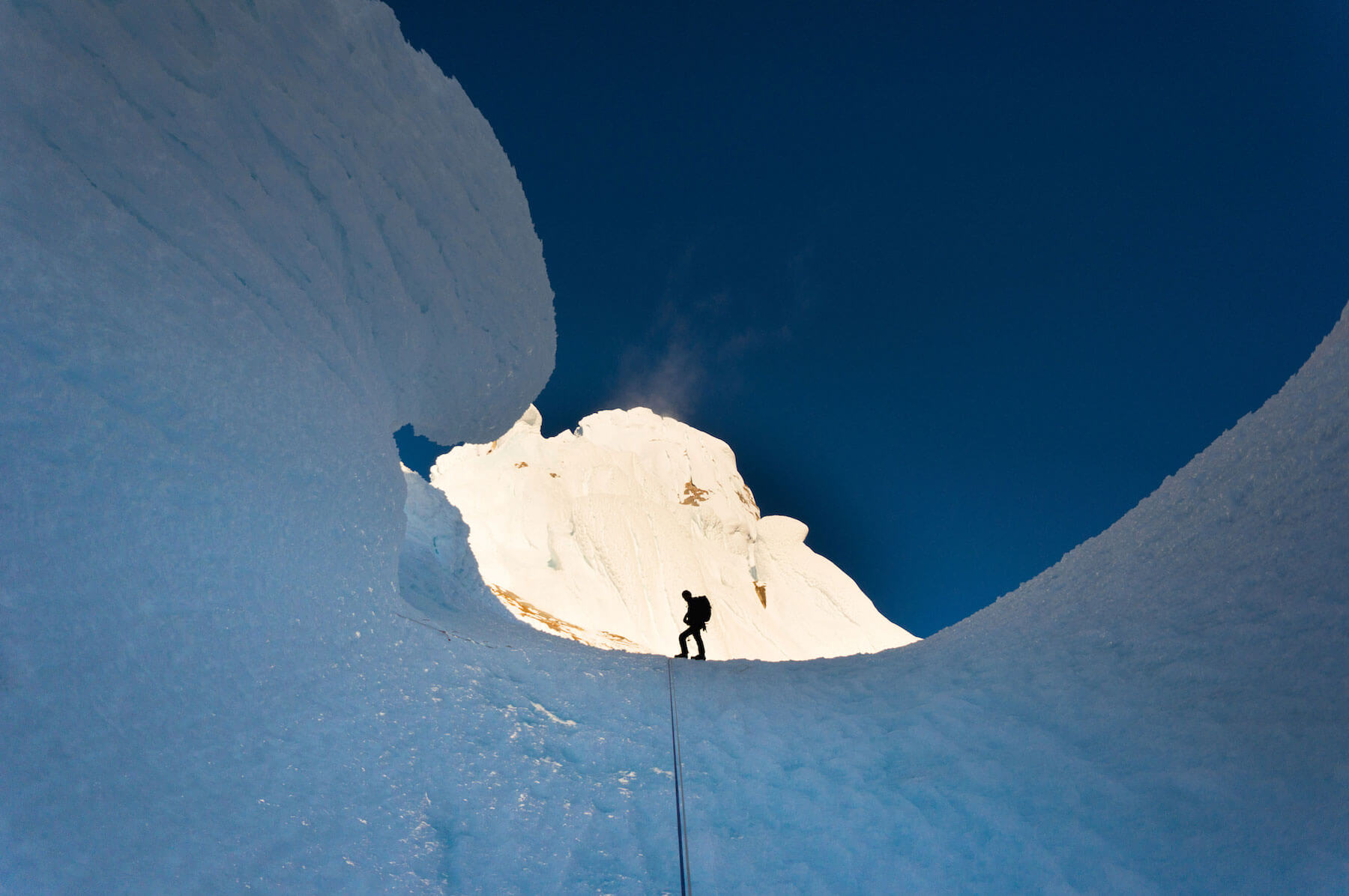
It’s early as I sit at the base of a rock wall with my boots off, toes drying in the air. The sun warms my face, and I smile. I’m just over five months out of rehab, where I was so weak I struggled with stairs, arms still bruised and scarred from months of constant needles. I wonder if the mind ever fully heals from such abuse.
I stuff morsels of brie and dried apricots into my mouth between gulps of glacial water. It’s going to be a thirsty day. I can trace my path from where I sit: a vertical line where earth meets sky. It stops at a kilometre-high sweep of granite, the top of which has just turned to gold under the first rays of the summer sun. To the west, the sky is clear to the horizon, or nearly clear. Just a thin line of grey at the sky’s edge and the occasional gust of toothy wind hints at incoming weather, but there is still time.
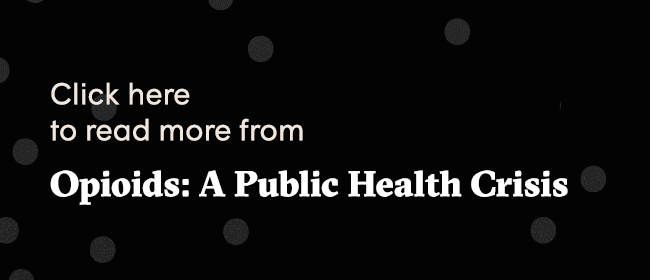
I had left my tent at midnight, skipping across the sharp tops of boulders in the dark, an unseen path I knew by feel. By starlight, I climbed over the col between Bugaboo and Snowpatch Spires and across the bulging glacier beneath the weeping west face of Pigeon Spire, careful to avoid the crevasse that nearly swallowed me the year before, back when I had not particularly cared. Now I look southeast across an expanse of Canadian wild that eventually empties into the massive lakes of the Kootenay wilderness. Grizzly bears and water.
None of this is visible in shadow, but I know the view well: the hanging ice cliffs that periodically crash to the glacier below, the high spines of windblown snow, the various meanderings of crevasses. I choose a safe line along the lower margin of the glacier to avoid unseen holes in the dark, and I drink from a waterspout at its end. I reach a spine of fractured rock that drops straight south, just as the starlight dims in the fuzzy glow of dawn.
Access to the west face of the North Howser Tower, the biggest face in the Bugaboos, is guarded by a great serrated fin, and it can be a place of crushing doubt. Once you rappel down its side— ten times the height of the Statue of Liberty— the only escape is to either climb a kilometre of granite or retreat and circumnavigate the mountain over tumbling glaciers full of holes. A grim prospect, and one that’s especially dire if attempted alone.
For years I’ve dreamt of it, and now here I am. I left rehab broken and low, but now my heart is full of self-respect, and I’m happily snacking and warming my toes, about to descend to the base of North Howser Tower. My gear is carefully spread at my feet, left to right: eight bright cams— stubby climbing screws— and six nuts arranged by size, five white shoulder-length slings, one red seventy-metre rope, a green belay device, orange crampons, and my favourite chalky climbing shoes. It is a risky thing to climb a mountain, particularly alone, but I finally feel worthy of this path and am still amazed to be alive to seek it. I do not want to die, but if I do, this view sure as hell beats the one of that empty man in the bathroom mirror.
Everyone goes through breakups, but some people have a flair for the personal implosion that follows. Then again, relationships are never equally cast. Some are such resplendent monuments to friendship and trust that when they crumble, they produce aching tragedy. Four years earlier, I had locked eyes with a woman— and every fantastical plan I had held for the future was in an instant condensed into her brown-eyed sideways glance. Three years later, I found myself married to a vision of our future, but it was one that we increasingly did not share. We moved from Kelowna to Vancouver, where I struggled with a lack of direction. Little is less attractive than a man just hanging on, and our relationship slid to opposite sides of the bed. We finally realized that our relationship was over, and it was in opioids that I later found the affection and relief that I craved.
The human mind is a wondrous liquid experiment: a system of organized chemicals that grows itself into the future, like plants with roots in time. Motivation begins deep in the brain, where a neurochemical cauldron of past experiences, present morale, and future goals coalesce to stimulate a particular behaviour: I want that. This desire for something blooms as an isolated electrical explosion from some cells in your core, the place your feelings are born into your world. Which is to say, the basis for motivation is a primal thing in a wanton pursuit of prey. The big drugs— cocaine, opioids, methamphetamine— infect this motivation, wrap you tenderly in a warm dopamine blanket, and then drag you by your ankle behind a runaway horse. In the United States, there are now more deaths from overdoses than car crashes or gun violence: overdoses are the leading cause of death for Americans under the age of fifty. In British Columbia, more people died from overdoses in 2016 than of Alzheimer’s, chronic liver disease, and suicide. It’s estimated that fatal opioid-related overdoses have tripled since the start of this millennium.
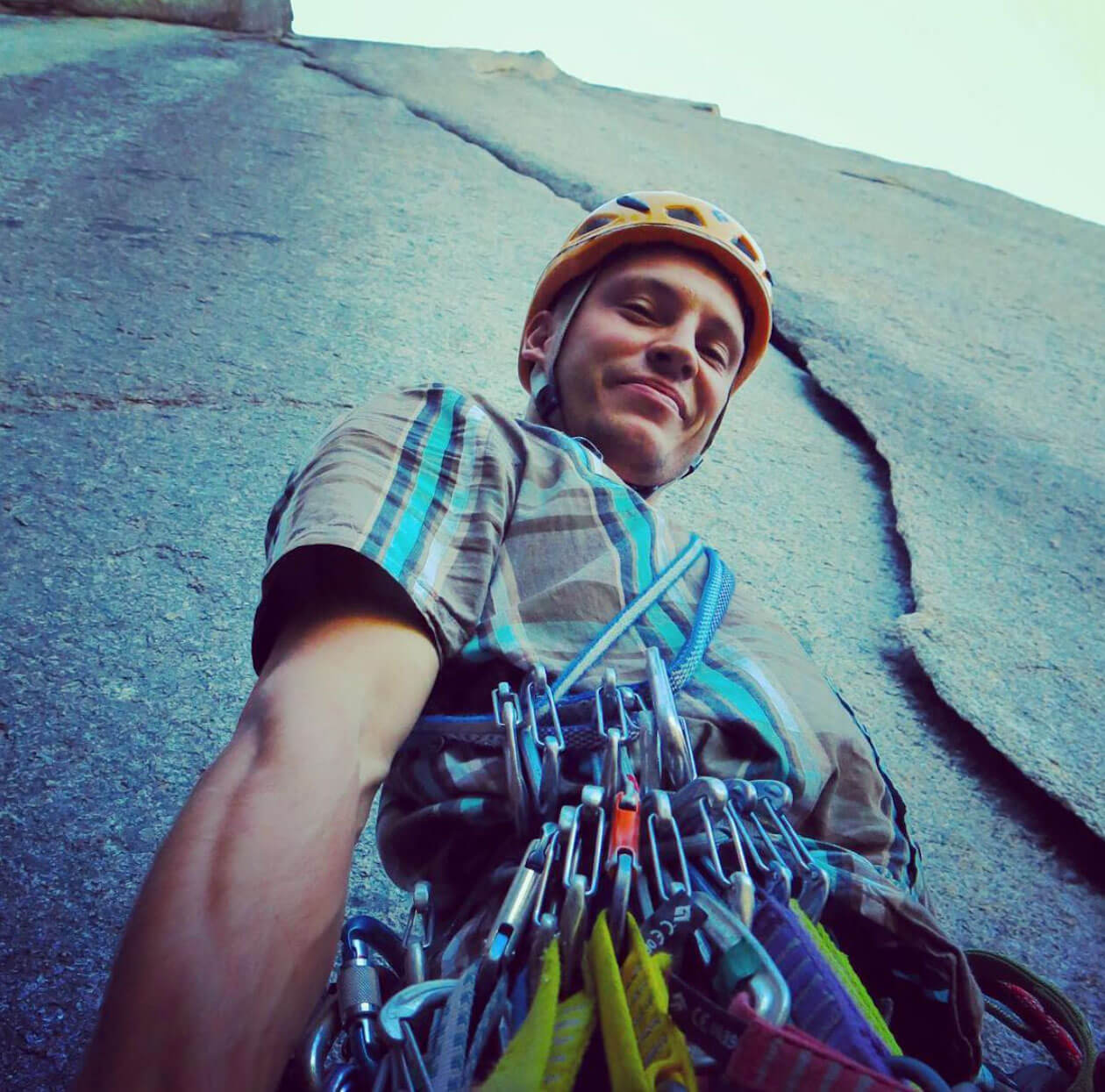
But preconceptions die hard. No one suspects chronically constricted pupils, long sleeves, and drowsiness in a doctor or lawyer or professor as anything but the signs of overwork. And society’s view that hard drugs are principally the vice of city ghettos has persisted despite evidence that these substances are more widespread. In areas particularly ravaged by opioids, such as Vancouver and Huntington, West Virginia, the problem is so common that if a funeral is delayed due to an autopsy backlog, it is often assumed that the deceased died of overdose.
The assumption that a single hit of heroin will cause a lifetime addiction is more the result of things like Richard Nixon’s war on drugs than of pharmacology. If Nixon’s perceptions were strictly true— that drugs are highly addictive and that all addicts are criminals— every patient ever given morphine would be out there stealing purses to feed their need for more. There are all manner of data on the effects of heroin on the minds of mammals, but on one point many agree: infant stress can produce an adult brain with a heightened response to opioids and greater tendency toward addictive behaviours.
In a study done in the 1970s, for example, it was found that rats who were isolated from other rats will choose water laced with drugs. By comparison, when the rats were introduced to a highly social environment, called “Rat Park,” and given two seemingly identical water sources, they avoided the water laced with morphine. It wasn’t a definitive study, but it showed that environment does play a role in addiction.
Humans, too, will take to behaviours and chemicals that alter our interaction with the world in order to numb internal strife. Substance abuse is the attempt to extrinsically alter our internal experience— our perception of the world— to escape pain. Taking control of our internal climate is called coping, and the better our coping mechanisms are, the less urgent our need for escape.
I have never excelled at coping. I was that infant child who hammered his head on the ground when frustrated by anything at all. It must have been embarrassing to parent the son with the ever-present forehead scabs. Perhaps I found it soothing, because, thirty years later, I still find serenity in chaos and derive calm from risk. And I occasionally still bang my head in frustration.
I also love escape— those fused states of mind and body, of cognitive focus and carnal instinct: motorcycling and climbing and skiing and sex. Such sensation seeking can be both a key instrument for success and a potentially fatal flaw. Success if the trait helps achieve something of value and a flaw, obviously, if fatal. Yet the greatest achievements of my life have been inherently risky: from climbing to the summits of towering mountains to scrapping social norms— I lived in a van to pursue climbing. Are these valuable only by virtue of survival?
October 2013
In a medical school laboratory in Split, Croatia, a professional diver has just completed a five-minute breath hold, or voluntary apnea. I’m with a team of scientists from across the planet that is monitoring the diver’s cardiovascular system’s response to massive stress. She’s part of a group of people capable of achieving something that should not be possible. The top apnea divers of the world can maintain a breath hold until blood-oxygen levels drop so much that the brain begins to malfunction; euphoria sometimes follows, which some liken to an orgasm with a dash of heroin. Her chest is heaving, her lips blue with the need for air, and when she finally breathes, she slackens and lets out an exhausted whisper, “That was so beautiful.” Little wonder that apnea divers are fanatical in their pursuit of ever-longer breath holds and ever-deeper dives in the quest for the perfect, ephemeral fix.
I have spent my life chasing one hard-to-reach endeavour after another and then forgetting about the accomplishment in my wide-eyed pursuit of the next one. It was there in the fearless abandon I harnessed to race mountain bikes downhill as a teenager. It justified the total dedication and cost to mental health with which I pursued ultimately unfulfilled plans to be a surgeon. And it spurred me to climb rock faces and frozen waterfalls to high, stormy summits. This is the singular fixation of a search for the next fix, like the apnea diver who chases the euphoria. Any decrease in available oxygen, whether due to disease, high altitude, or erotic asphyxiation, is termed hypoxia. While you or I can likely manage a breath hold of around a minute, elite athletes in the esoteric world of apnea diving can complete breath holds of ten minutes or more, a massive difference that questions some fundamental principles of physiology— namely the one that says the brain needs consistent oxygen to function.
This was the question that brought me to Croatia. With my focus on brain vascular physiology, I’d been studying humans in environmental extremes— heat, high altitude, underwater— around the world. I had found this zany world of physiology nearly a decade before, attracted as much by the science as by the people exploring it. Every discipline in science attracts different types, and cerebrovascular physiologists tend to have a wild streak.
The pursuit of altered states is uniquely human. Sure, lab rats sometimes prefer drugs to water; some monkeys and insects will get drunk on fermented fruit. But only people possess the sophisticated lunacy to seek oblivion through asphyxiation, or a needle and some dodgy kitchen chemistry. Which is exactly how, years later, I would find myself naked, red as a sunburned tourist, and covered in hives, racing around my room in Squamish, BC, certain that my hairless head had somehow caught fire. I should have been outside climbing rocks or running under the giant cedars of the rainforest, but I had stopped all that when I began to hide from pain under the comfortable blanket of opioids. The cycle of short-term fulfillment is a cannibal, and it quickly consumed my world. Opioid addicts have a 91 percent chance of relapse, according to some studies, and most relapse fully numerous times, if they’re able to stop at all.
This was another lapse, though I can’t recall which one. What I do recall is the sudden craving, a force dwarfing gravity, and in my mad rush to sate the urge, I forgot that too much codeine causes a massive allergic response. Minor detail. I had run out or thrown out anything decent— the hydromorphone and Percocets I would crush, dissolve, and inject— so I had tried to extract the codeine from a handful of Tylenol Threes I found in an ancient first-aid kit while scratching around in my car for any remnants of drugs. I crushed the pills, put them in a coffee filter, and poured ice water over the powder to get a concentrated slurry in a shot glass, which I then placed in a giant syringe best suited for cattle, found a vein, and let ’er rip. It was in those moments of peace, having fulfilled the compulsion and scratched the metaphorical itch, that I realized my error and began to itch for real. I ran for allergy tabs and swallowed the lot. It was a tense period waiting for them to kick in, because it’s a fact that you just can’t scratch your entire body at once— especially if you’re the nervy sort who chews his nails to the nub.
November 2015
There is an instant of stillness before a rising object yields to gravity and begins its fall. I can trace my moment to a cold November day, a month after my girlfriend and I split. I prepared to exit an icy cave halfway up the 1,500-metre east face of Mount Temple, near Banff. I had not yet entered the world of opioids, but with flayed self-respect, I was already escaping my internal strife by chasing sensation. By fighting to live through near-death situations, I could find the high I needed to briefly escape the pain. Two friends watched me prepare to take the lead climb, one giving me a look that screamed, “You’ve gone fucking mad” at what I was about to do. My best friend, Quentin, busied himself with the stove, silently stuffing bits of snow into the pot to melt.
At the base of the amphitheatre, we had climbed into a cave formed behind the champagne curtain of ice in order to melt drinking water and discuss our options. The silence of the cave dramatized the hissing scream outside, as a river of granulated snow, called “spindrift,” ripped loose in the wind. We were 300 metres higher than the tops of the felled World Trade Center towers, in a hole in the side of a mountain. Through the curtain of spindrift, we could make out the fabric of the dawn over the Canadian prairies.
Above me, there were 750 metres of rock covered in snow that would soon receive the direct warmth of sun. From the little we could see of the climbing above, it looked thin and steep, with rocks poking through grey ice here and there. Frozen snow clung to the rock rather than the strong epoxy-blue ice the climber always hopes for.
Motivation is a fire needing fuel. The pain of a breakup is a familiar sensation for climbers but it’s a risky one, because it tends to lack the restraint of self-preservation. Exploiting this drive, I climbed from the ice cave into the black beyond. The curtain of vertical ice vibrated with each swing of my ice tools, and echoes pinged around the cave with each carefully considered impact of metal on ice.
The hard part of winter climbing is mental. A single spike out the front of each boot on which to stand, toothed axes in each hand from which to hang. It is a secure and relatively easy form of climbing on thick ice but an inherently precarious one on rock. Such climbing is about embracing insecurity. You have to believe. Climbing steep rock in the winter darkness of a high mountain is an act of faith, and there is nothing rational about faith. Scratch with the tool until it catches, pull hard to test it, then commit and move up with the conviction it will hold.
Twenty metres of careful tapping on vertical ice, never more than a finger length thick, brought the beam of my headlamp onto a band of rose quartzite. I burrowed a cam into the pitch and attached my rope. I could tell my friends were concerned at my push to take such a dangerous route— I knew I would later hear it— but right then, I relaxed in a brief moment of safety before carrying on. Thirty metres out from the cave, I came across a crack in the rock and inserted another cam that wasn’t worth the energy to place it. For a few minutes, its tenuous grasp on the rock was all that would hold me if I were to fall. The sun rose bloody and cold over the prairies and looked me straight in the face. I placed an anchor in the backside of a vast ice pillar attached to this vertical plane of earth and belayed my friends up into the new day.
I dissolve a piece of the white powder in saline with a lick of flame under the blackened spoon. It’s enough to kill me twice. I estimate that diluting this into a further ten millilitres will preclude an overdose with a one-millilitre syringe. My gear is carefully spread at my feet, left to right: blue tourniquet, black disinfectant, white gauze, and my favourite orange syringe— the short kind I can impale to the hilt. Tracing the vein, I push more opioids into a failing mind. The sting is a welcome harbinger, then the surge of blood into the syringe forces a calm so the needle does not slip out of the vein. The plunger empties, unleashing a chemical blitz on a trillion neurons, a hot sweaty wave that crescendoes then wanes in a moment.
August 2017
I have felt so much pain grinding over me this past year that there are bits of my past that feel like the memories of a different man’s life, polished so smooth their details are soft and vague. From where I stand in the sun, I can see down into the shadowed basin of rock-strafed glacier below the great wall of the North Howser Tower. If I am to climb that face, I must first descend the height of a downtown building, cross the steep glacier, find an opening into the deep chasm between hardened blue ice and grey rock, and find my way out of it and onto the mountain. As soon as I begin rappelling, sliding down my rope to the darkness below, my only choice will be to carry through with my plan. I will have to climb 1,000 metres of vertical rock to the sharpened summit thrust into sky. I will be totally committed and completely alone.
A bird is soaring high, its size revealed as it briefly disappears behind the summit, emerging in an impossible glide on tearing winds: an eagle, well over a kilometre above, and huge. In the decade I’ve been coming here, it is the first I have seen. Then it is gone, and I am left with my decision. Yet I feel no hurry. I cannot recall when I last felt this way. Content.
I should have died on that bathroom floor. It was what I wanted then, after all. But peace is in the mind, is relative, and here in this moment, the sun shines just for me. I smile at its warmth. I want life. I clip into the rope and begin to rappel. It is a different world in the shade, in the gravity of this decision, and any mistake from now on will undoubtedly kill me.
Reaching the glacier, I coil my rope and strap crampons to my feet, then move across the steep ice as quickly as possible. If I slip, I’ll bounce to the bottom, just like the rocks I can see below. I don’t think about these rocks, but I keep my ears to the sky and my eyes on my feet until I reach the opposite side, where I stop to catch my breath. Before my heart rate has slowed to normal, the telltale clash of a rock fall echoes from above, and a litany of boulders crash down the ice, obliterating the tracks I laid in the snow just minutes before. The line between luck and skill is sometimes very fine.
I look down into a gap between the ice and the rock, down to the bottom of the chasm, a storey below at its deepest point. It’s like a narrow slot between two buildings, one made of ice and the other stone. I love these dark alleys, their subterranean gloom smelling of an ancient time. Changing out of my boots and crampons, I pack my bag and put on my rock-climbing shoes, being careful to keep the rubber toes dry. Their friction is all that will keep me safe. I look up, to a summit just visible glowing gold in the sun a world above me. I wedge my right foot in the crack, chalk up my hands, and step up toward the light.

